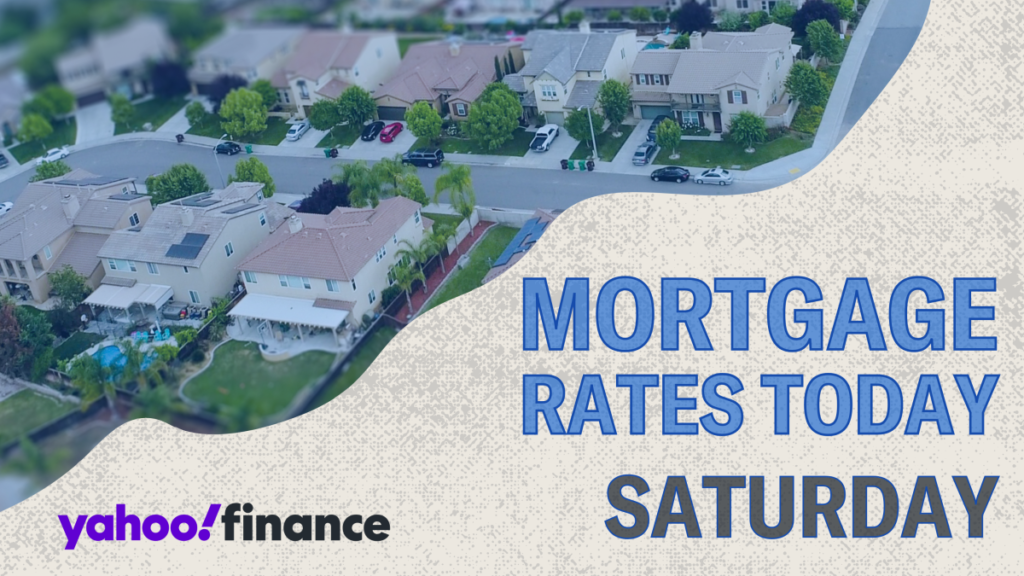Today’s mortgage rates are exhibiting minimal fluctuations, signaling a stable yet dynamic mortgage lending environment shaped by broader economic conditions. Current figures from Zillow indicate that the 30-year fixed mortgage rate has seen a slight uptick to 6.21%, while the 15-year fixed mortgage rate remains steady at 5.53%. On the other hand, the 5/1 Adjustable Rate Mortgage (ARM) has recently diminished by two basis points to 6.76%. Such trends suggest that when the U.S. economy is robust, mortgage rates tend to stabilize or rise. Economic strength usually correlates with increased borrowing costs, while a weak economy pulls rates down. Looking forward, economists are generally anticipating a reduction in interest rates, particularly moving into 2025 as economic conditions may evolve.
The latest national averages reveal specific mortgage rates: the 30-year fixed rate stands at 6.21%, the 20-year at 6.04%, the 15-year at 5.53%, while ARMs like the 5/1 and 7/1 are set at 6.76% and 6.90%, respectively. For VA loans, the 30-year and 15-year rates are at 5.66% and 5.22%, with FHA loans at slightly lower rates. Similarly, refinance rates show a modest climb, with a 30-year fixed reaching 6.36% and 15-year fixed at 5.71%. These averages, however, can vary widely based on the borrower’s location, credit score, and financial profile, underlining the importance of tailored advice from lending professionals.
For those seeking clarity on their mortgage decisions, Yahoo Finance’s free mortgage calculator serves as an invaluable tool. It allows users to analyze various scenarios affecting their potential monthly payments, accounting for factors like the home price, down payment, property taxes, and even additional costs such as private mortgage insurance. Users can gain a more comprehensive understanding of their payments beyond basic principal and interest calculations by including these elements.
Having outlined the mortgage options available, it’s crucial to weigh the benefits and drawbacks of the different types of mortgage structures. The 30-year fixed mortgage is appealing due to its lower monthly payments and payment predictability over an extended term. However, it often comes with higher interest rates and results in significantly more interest paid over the lifespan of the loan compared to shorter terms. Conversely, the 15-year fixed mortgage has lower interest rates and allows borrowers to pay off their homes sooner, saving on total interest, yet the monthly payments tend to be steeper.
Adjustable-rate mortgages (ARMs) present a distinct set of advantages and risks. With an ARM like the 5/1 product, borrowers enjoy a lower initial rate for the first five years, which can translate into lower monthly payments. However, once this period expires, the rate becomes variable, introducing unpredictability into future payments that could escalate costs. This mortgage option works best for those who anticipate moving before the introductory period ends, thereby minimizing exposure to potential interest rate hikes.
A broader view of current market conditions reveals that now may be a reasonable time to purchase a home, especially when compared to the extreme price spikes witnessed during the COVID-19 pandemic. Although mortgage rates have begun a slight upward trajectory in recent weeks, they are still lower than the past year, presenting a favorable context for buyers. However, for those who can afford to wait, holding off until 2025 may be prudent given projections for lower rates, albeit with the caveat that competition and prices could rise as demand increases. A thorough understanding of local rate variations is essential, as areas with high costs of living may face elevated rates, emphasizing the need for a personalized mortgage strategy.

